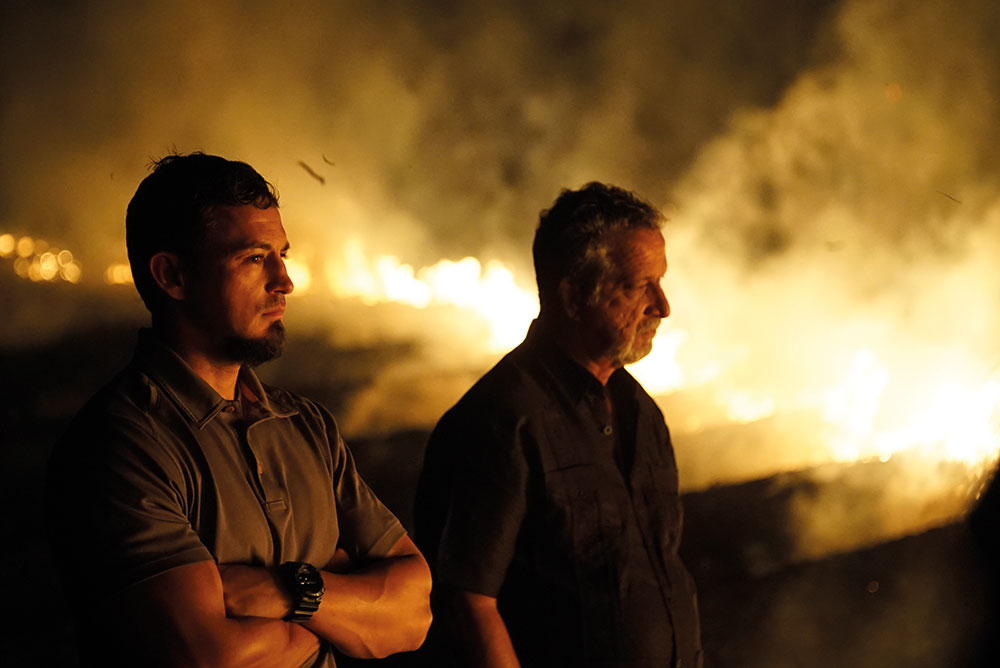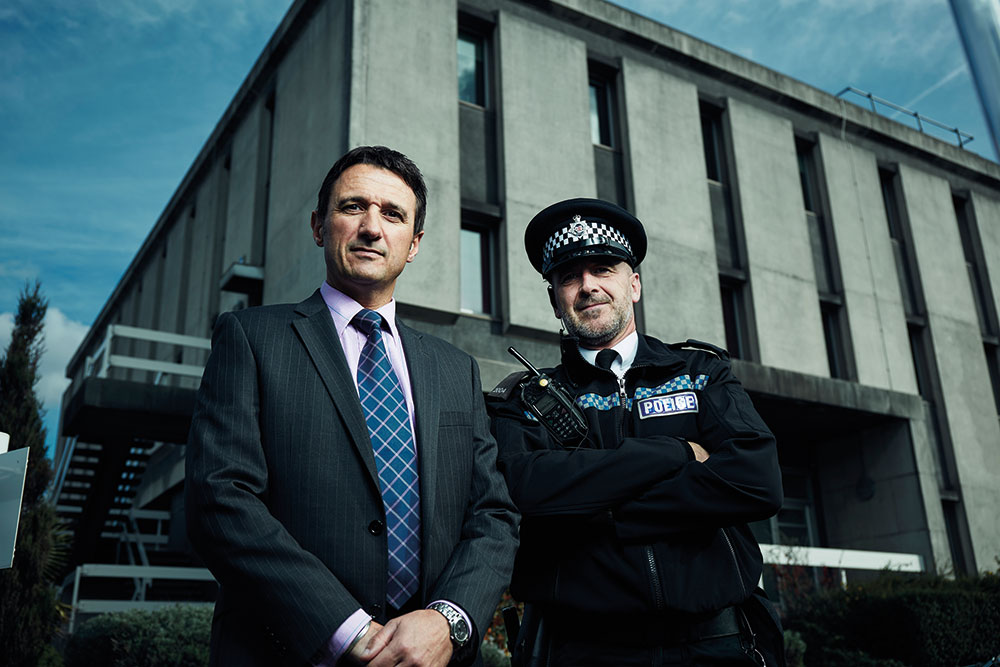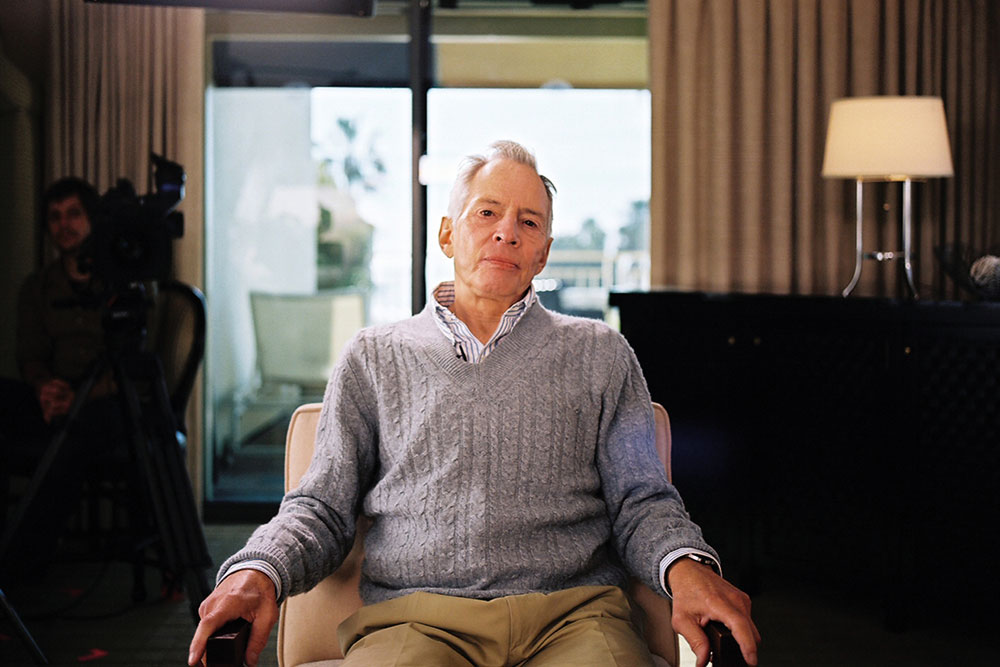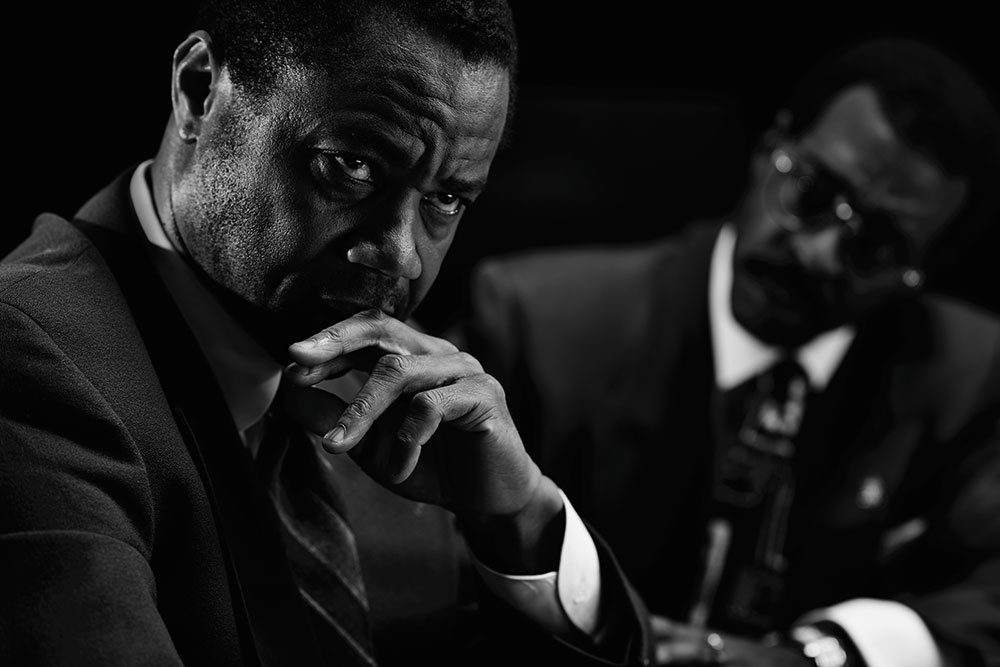
After more than 35 years of operation, TBI is closing its doors and our website will no longer be updated daily. Thank you for all of your support.
Serialised killers
 A new wave of true crime series that ape the structure of serialised dramas has emerged on screens across the world. Jesse Whittock looks for evidence from those behind the shows to build a case for why it’s happening.
A new wave of true crime series that ape the structure of serialised dramas has emerged on screens across the world. Jesse Whittock looks for evidence from those behind the shows to build a case for why it’s happening.
Has there been a more talked-about genre than serialised true crime programming in the past year in international television? Newspapers, websites and blogs have devoted thousands of column inches to the stories and theories around Netflix’s Making a Murderer and The Jinx: the Life and Deaths of Robert Durst from HBO, while friends and work colleagues spend hour upon hour discussing the minutiae of the cases presented. Meanwhile, the second season of podcast Serial was the medium’s biggest ever launch.
Channel acquisitions executives are no less enamoured, evidence suggests. “Broadcasters sit up the minute they hear Serial, The Jinx and Making a Murderer,” says Paul Heaney, founder and CEO of crime specialist distributor TCB Media Rights. “I’m passing that information back to producers.”
The intel is clearly making an impression. “True crime and blue flashing light stories have changed,” says Neil Grant, managing director of Ten Alps/Zinc Media-owned UK indie Films of Record.
 Grant is the executive producer on The Murder Detectives (above), a three-part serialised documentary for Channel 4 about the murder of Nicholas Robinson in the English city of Bristol. Told from the perspective of the officers investigating the killing and the 19-year-old student’s family, the show is a clear move away from the classic tropes of true crime programming, as seen on channels such as Investigation Discovery and Crime + Investigation.
Grant is the executive producer on The Murder Detectives (above), a three-part serialised documentary for Channel 4 about the murder of Nicholas Robinson in the English city of Bristol. Told from the perspective of the officers investigating the killing and the 19-year-old student’s family, the show is a clear move away from the classic tropes of true crime programming, as seen on channels such as Investigation Discovery and Crime + Investigation.
“Serial had come out by the point I had the idea, but I was specifically influenced by Death on the Staircase [aka Soupçons, a 2004 courtroom docuseries from Jean-Xavier de Lastrade],” says Grant. “I’m quite well known for my ob-docs, but I wanted to do something different and had an ambition to do something bold and risky, something that could open up the stylings [of something like Soupçons] to a very different audience.
“Channel 4 supported the idea of an ob-doc with drama narrative arcs, shooting and music,” he adds. “We approached it as a drama, which was much more attractive to that different audience; they could have been bored with this type of programming in the past. It was a big risk for all involved: we didn’t know if there would be a murder, whether we would be able to get consent from the family. We had no idea.”
Grant points to the “visceral storytelling” of Making a Murderer, the ten-part Netflix doc series that resulted from a ten-year investigation by filmmakers Laura Ricciardi and Moira Demos into the incarceration of Steven Avery, as a key element of serialised crime stories. This is an issue for commissioners.
 “Productions like The Jinx (above), Serial and Making a Murderer are a labour of love, and don’t come about very often,” says Koulla Anastasi, head of acquisitions and commissioning for the UK feed of A+E Network’s Crime + Investigation channel. “I have been pitched dozens of serialised pieces, but I have to ask if they can carry the story for ten parts.”
“Productions like The Jinx (above), Serial and Making a Murderer are a labour of love, and don’t come about very often,” says Koulla Anastasi, head of acquisitions and commissioning for the UK feed of A+E Network’s Crime + Investigation channel. “I have been pitched dozens of serialised pieces, but I have to ask if they can carry the story for ten parts.”
That said, Anastasi, says the appetite for “premium and high-quality” documentary projects is evident, and that “there’s absolutely an appetite for serialised pieces”.
“We have spent a lot of time talking about this zeitgeist moment true crime is having,” she adds. “There might have been a guilty pleasure element to it in the past, but now the genre has opened up and is acceptable. It’s now on us to respond.”
On January 5, Discovery Channel made its play in the serialised true crime space, debuting the Sirens Media-produced series Killing Fields (pictured top). Tom Fontana, who adapted David Simon’s classic true crime book Homicide: A Year on the Killing Streets for NBC in the 1990s and created HBO prison drama Oz, is an executive producer.
The series follows a pair of detectives in real-time, one who comes out of retirement, investigating the unsolved murder of Louisianan State University graduate student Eugenie Boisfontaine in 1997, and whether this was linked to the disappearance of about 60 young women around the city of Baton Rouge.
Discovery Channel’s executive producer on the show, Joseph Schneier, says the commission came after Rich Ross signalled the US cable net would shift away from heavily-formatted unscripted programming and into more experimental areas.
“Sirens came to us with the pitch, and at the same time Rich Ross was talking about expanding the brand,” Schneier says. “Discovery Channel was in crime years ago, but had moved away. Rich asked the question, and at that point The Jinx had come out but only had a small audience. Serial had also come out, and with Rich Ross’s blessing we started looking at the crime space.”
Schneier notes that the epic landscapes of Louisiana were in-keeping with the more classic wildlife and natural history programming on the Discovery Channel. More significantly, the show was shot and edited in real-time – the case investigated between episodes each week.
This can create exciting possibilities for producers. “One of the neat features of editing and shooting at the same time is people come out of the woodwork; tips will flow in long after the cameras shut off,” says Schneier.
Overall, Killing Fields was “a big undertaking, as it was a show for an audience that didn’t quite know the format yet”, adds Schneier.
Killing Fields delivered Discovery good ratings, and while Netflix steadfastly refuses to offer audience figures, Making a Murderer’s cultural impact is clear for all to see.
Investigation Discovery even got in on the Making a Murderer act, coproducing Front Page: The Steven Avery Story with NBC News-owned Peacock Productions, a doc that refuted parts of the SVOD show and offered new evidence.
The network’s first scripted effort, Serial Thriller, also pays homage to the long-form true crime genre by running over three parts. The series, subtitled Angel of Decay and from October Films, was about prolific murderer Ted Bundy. That was followed with another, Serial Thriller: the Chameleon, based on killer Stephen Peter Morin.
 Another true crime drama, The People v. O.J. Simpson: American Crime Story (above), handed US cable channel FX its highest ratings for a scripted original in the network’s 22-year history in February.
Another true crime drama, The People v. O.J. Simpson: American Crime Story (above), handed US cable channel FX its highest ratings for a scripted original in the network’s 22-year history in February.
Film-stars such as John Travolta and Cuba Gooding Jr. featured in the ten-part series, which many commentators said was a reflection the recent impact of serialised true crime.
Cultural impact is one thing, but All3Media International head of acquisitions Maartje Horchner claims serialised true crime poses distributors and channels more practical problems on launch.
“This new factual will deliver the ratings, but will not deliver the volume, and it needs a launch like it’s a drama,” she says. “As a distributor you have to put in much more effort to make people understand what it is; buyers’ views are becoming blurrier and blurrier.”
Netflix had this in mind when it launched Making a Murderer by launching the first episode concurrently on streaming website YouTube to drum up interest in the project.
Meanwhile, both Horchner and Films of Record’s Grant point to the rise of high-end television drama as a key element in the development of serialised true crime programming.
“ I’m not sure there’s necessarily more demand for it [than regular true crime],” says Horchner, though this view contrasts with that of Mike Lolato, senior VP, international distribution at US-based GRB Entertainment.
I’m not sure there’s necessarily more demand for it [than regular true crime],” says Horchner, though this view contrasts with that of Mike Lolato, senior VP, international distribution at US-based GRB Entertainment.
“I don’t think this is [just] a trend,” he says. “There’s so much interest that I think this has become a new genre. There are so many more stories to tell.”
GRB was in Miami in January launching its own effort in the developing canon. Nelson Serrano: I’m Innocent (right) was originally created as a one-hour documentary, but the plan is to expand the story.
“We realised that like The Jinx and Making a Murderer there was more to it – there was injustice,” says Lolato. “The producers have additional footage so, when the conversation came up, it was clear it would 100% lend itself to a serialised show.”
The programme follows the case of Serrano, an Ecuadorian-born American immigrant accused, and later convicted, of murdering four people in Florida in 1997.
The case against Serrano is considered by many to be weak, and there have been questions of the legality of American authorities deporting him from Ecuador back to the US to face trial.
“In a very short period of time, this type of content has made an impact on a genre that has been popular a very long time,” says Lolato. We’ve seen it with Serial, The Jinx and then Making a Murderer. The content is the same, but presented differently and in premium slots. We have got a whole different generation watching on Netflix, people who are against injustice.”
Ultimately, true crime’s zeitgeist moment leads back to NPR’s podcast series Serial. “What it has done is attract a younger-skewed audience who might not otherwise come to this sort of programming,” says Films of Record’s Grant.
Or, as Discovery’s Schneier puts it: “Serial definitely jump-started the interest in true crime. Crime for the most part is past tense; Serial was talking about something in the past, but in a new way. It’s a different way of approaching the material, and that is the interesting thing for me. It’s different from the usual true crime pattern.”



